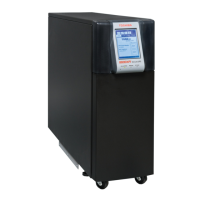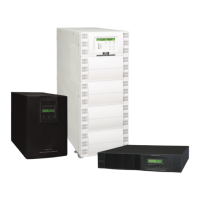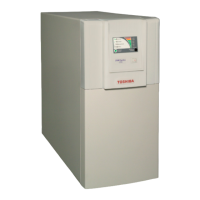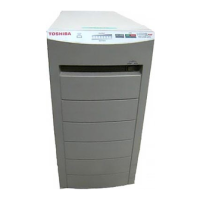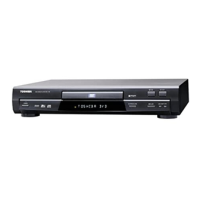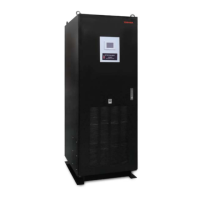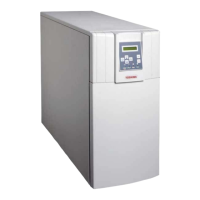
Do you have a question about the Toshiba 1600 Series and is the answer not in the manual?
| Model | 1600 Series |
|---|---|
| Frequency | 50/60Hz |
| Type | Line-Interactive |
| Battery Type | Sealed Lead Acid |
| Communication Interface | USB |
Emphasizes that only qualified personnel should service batteries.
Warns against misuse of equipment, fire disposal of batteries, and mutilation of batteries.
Details precautions for electrical shock and short circuit current when working on batteries.
Describes how the UPS conditions commercial power and charges batteries.
Details requirements for ventilation, stability, temperature, humidity, and electrical noise.
Warns against installing in dusty areas, near flammable gas, or where water can enter.
Stresses reviewing the manual before powering up and adhering to voltage/frequency tolerances.
Illustrates the terminal block layout for 208/240 volt units.
Table specifying wire sizes and tightening torques for I/O wire connections.
Details pin assignments for signals and the DB9 connector pinout.
Shows the pin assignment and outline for the DB9 female RS-232C connector.
Covers topology, certifications, input voltage, frequency, capacity, and power factor.
Details battery type, backup time, recharge time, output voltage, frequency, and current.
Lists operating/storage temperatures, humidity, altitude, and acoustical noise levels.
Describes bypass switch, auto-retransfer, real-time clock, and user interface elements.
Explains battery backup duration and illustrates the discharge process.
Details voltage levels for low-voltage alarms and automatic shutdown.
Describes power flow during normal UPS operation using commercial AC power.
Explains power flow when the UPS switches to bypass due to overload or internal fault.
Details power flow when the UPS operates solely on battery power.
Describes the emergency power-off feature and its operation via remote switch.
Details the LCD screen's role in displaying UPS operation status and system monitoring.
Illustrates the front panel components: LCD screen, pushbuttons, and LEDs.
Describes the functional purpose of each key on the UPS front panel.
Explains how to set key lock status and buzzer volume.
Details setting the LCD sleep timer and enabling automatic UPS startup.
Covers setting the communication mode (RS232/SNMP) and baud rate.
Explains settings for initiating and configuring automatic battery tests.
Explains DC-OC and DC-OV faults, their causes, and recommended actions.
Details OUT-OV and OUT-UV faults, causes, and recommended actions.
Covers OVERLOAD and DC-UNBALANCE faults, their causes, and actions.
Procedure for turning on the UPS, checking LEDs, and initiating operation.
Steps to stop the UPS operation and switch to bypass mode.
Warns that turning off the input breaker stops output power and causes load loss.
Details fault protection functions for output overvoltage, undervoltage, and overload.
Covers protection for internal overheat, DC overvoltage, and DC overcurrent faults.
Emphasizes that only qualified personnel should perform maintenance.
Provides a chart showing battery lifetime based on ambient temperature and discharge frequency.


